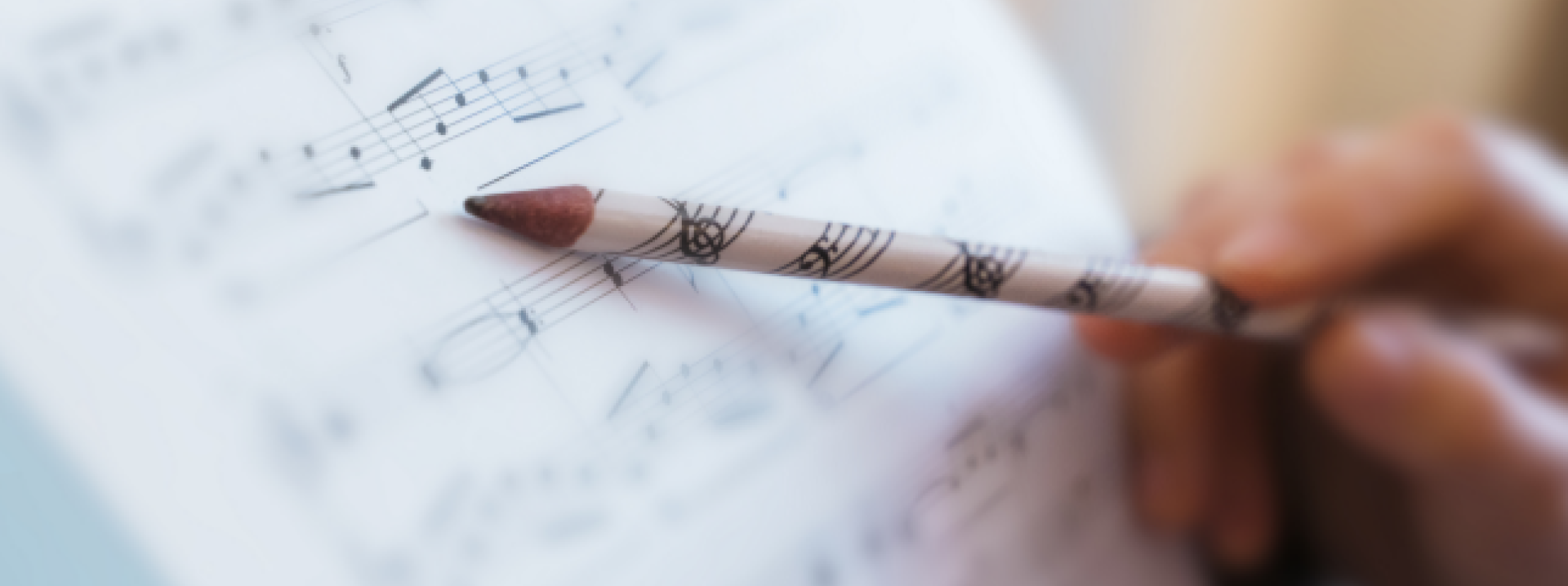Sheet music
Musical contribution - A. van Vliet - February 2011

Cantilène John Arthur Meale (1880-1932). You will sometimes come across something nice and come to the conclusion that you have made a very pleasant discovery once you have taken the time to find out some more. This is exactly what happened with this month’s central piece.
I came across this beautiful “Cantilène” in a collection bundle – one which has been in my possession for years, but which I have seldom had a good look at. I had never heard of the composer. The same applies to most of the other composers from the aforementioned bundle. I had to dig quite a bit deeper in order to find out some more about this man.
This concerns a very talented organist who was born in Huddersfield in 1880. He played his first concert to an audience of more than 1000 people at the tender age of 14. People praised him as a result of his extraordinary performance style. He became the 1st organist in the Queen’s Hall Mission in Hull in 1905. This function also resulted in him becoming the advisor for the new organ which was to be built in this building. Forster and Andrews were granted the assignment. The organ was first used in 1911 by none other than Edwin Henry Lemare. However, Meale didn’t play on the organ for long, as it was placed in the Central Hall in Westminster in 1912.
His name still regularly appears on concert programmes in the UK. Whilst in the Netherlands we rarely – and in my case, never – come across his name. We are dealing with a short composition here, in addition to a number of larger pieces and a “Pedal Study” method. The typical set up is based on a large English organ, whereby a single “Choir” flute 8’ is always stronger than the “Swell’s” complete choir of striking registers.
We don’t see this all that often in the Netherlands. But it’s certainly very enjoyable, also with, for example, the accompaniment of a soft flute 8’ and 4’ and a beautiful reed stop. However, it may be a good idea to play the reed stop one octave lower. This is because not all reed stops sound good in the higher register.
The middle section (bar 37) can be played on one keyboard. You can also register the pedal a little stronger in order to make the most of the canonical effect. The melody will alternate between the right and left hand side from bar 53. The constant changing between keyboards also results in the melody being quite easy to follow. Bars 69-72 serve as stillness and preparation for the returning theme. In order to subsequently continue with the 1st registration again towards the final bars. The so-called “Coda” can again be played on 1 keyboard. 4 times 2 bars. Whereby the 3rd phase – with a lowered 6th tone – truly has an extraordinary character.
I hope you enjoy playing this piece!
André van Vliet